Clontygora is one of the Neolithic tombs situated in the Ring of Gullion, an area of south east Ulster famous for its outstanding geology, history and archaeology.
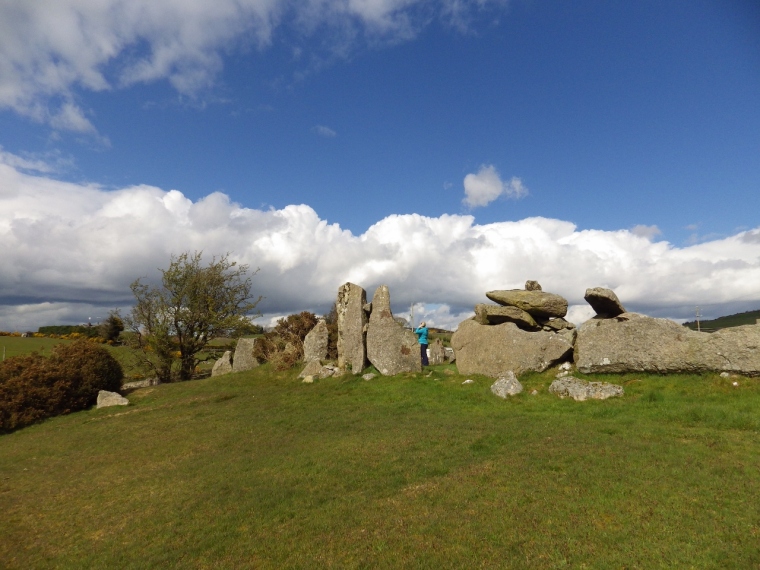
This would have been a massive structure when it was covered by its cairn of stones but it is still one of the most impressive Neolithic tombs in Ireland and a good example of a court tomb.
Fortunately, many of the huge stones used to build the 3 burial chambers and the forecourt are still in situ. Granite orthostats up to 2.7m high form the U-shaped forecourt and the burial chambers are made from huge split granite boulders. One of the chambers is still covered by a 3m long capstone.

A cairn of some considerable length would have covered the 3 burial chambers and the U-shaped forecourt in front of the entrance would have extended the length even further.
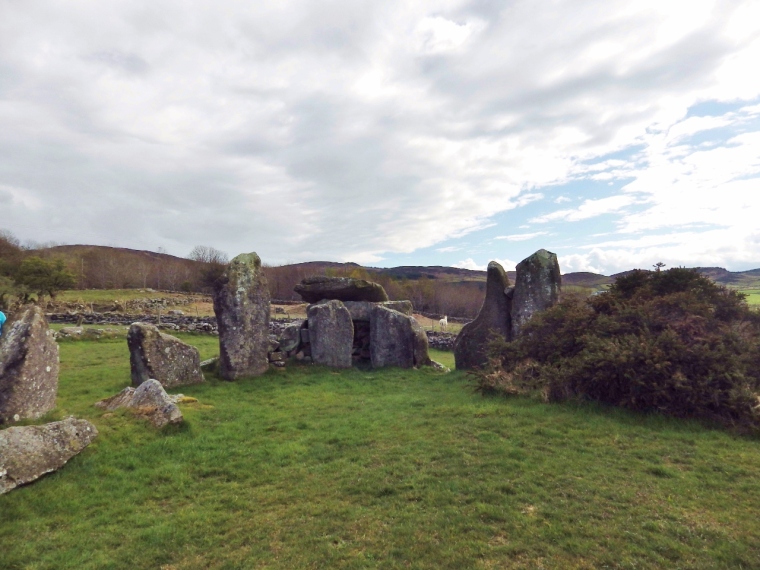

It is still one of the most impressive court tombs, despite the fact that it was pillaged in the 1730’s to provide stone for the nearby Newry Canal and again in the 19th century for building the quay at Narrow Water. One can only wonder what it must have looked like before it was plundered, when it was a giant cairn sitting prominently up on the hillside above the plain of Meigh.
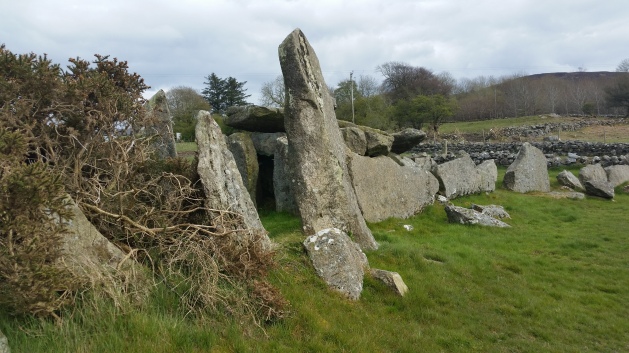
Clontygora – from Chluainte Gabhra – the meadow of the goats. The tomb is also known locally as The King’s Ring.
Some of the other megalithic tombs in the Ring of Gullion that are well worth seeing are Ballymacdermot Court Tomb, Ballykeel Dolmen and on the summit of Slieve Gullion itself, is the wonderful Sleive Gullion Passage Tomb.
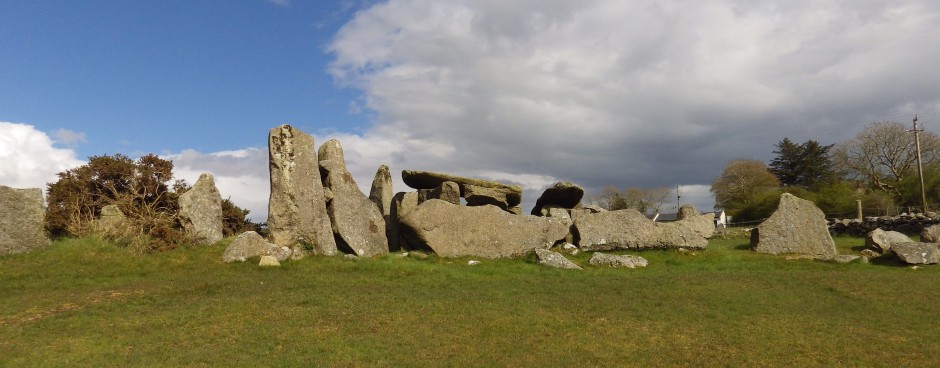
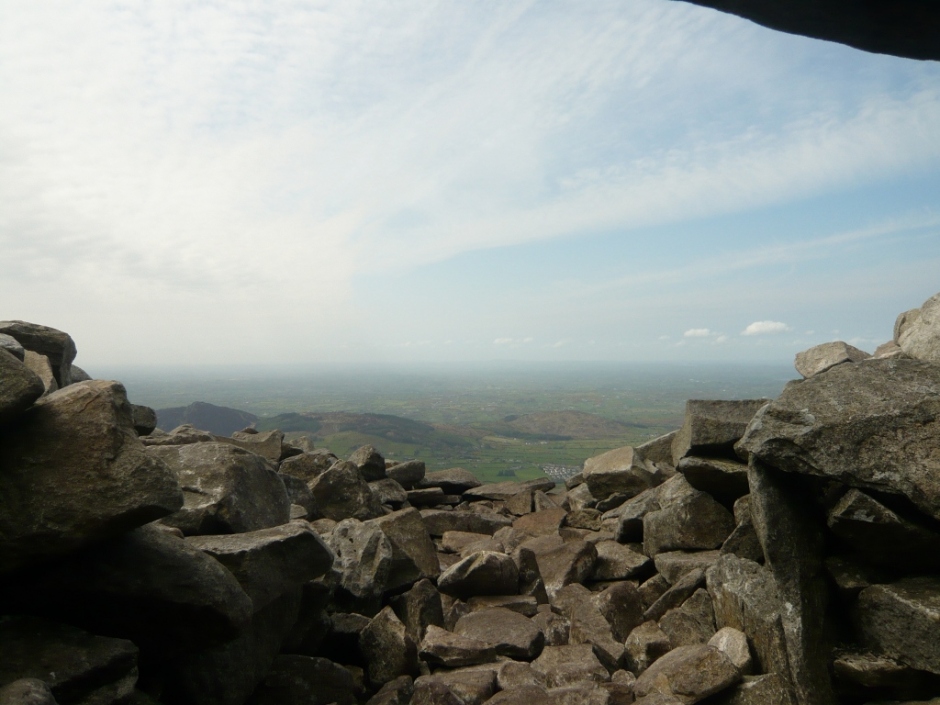
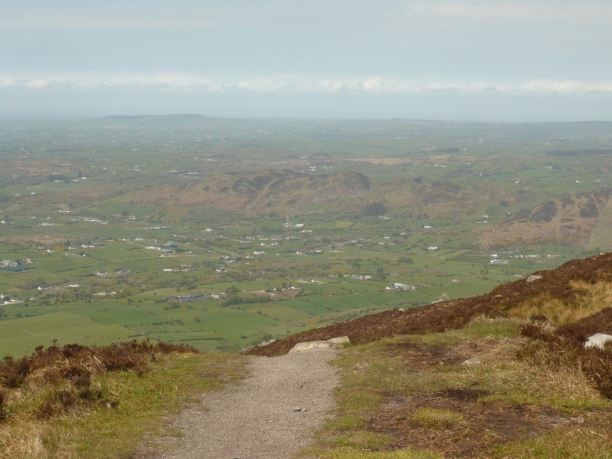
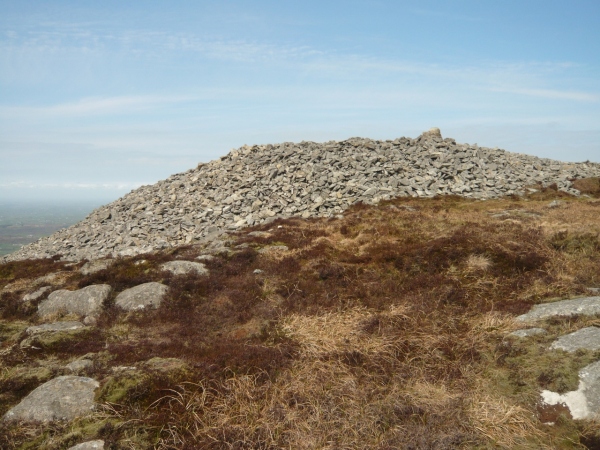


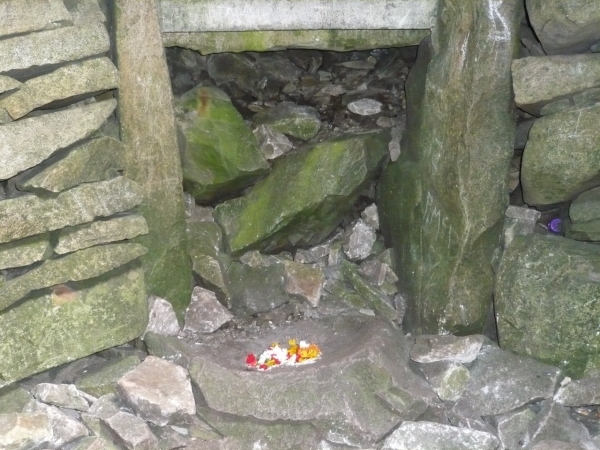
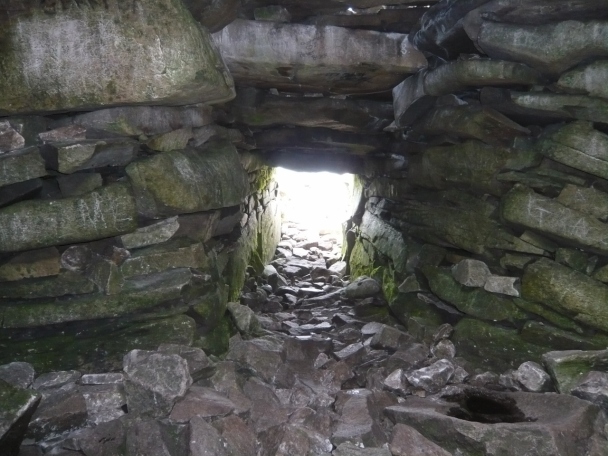
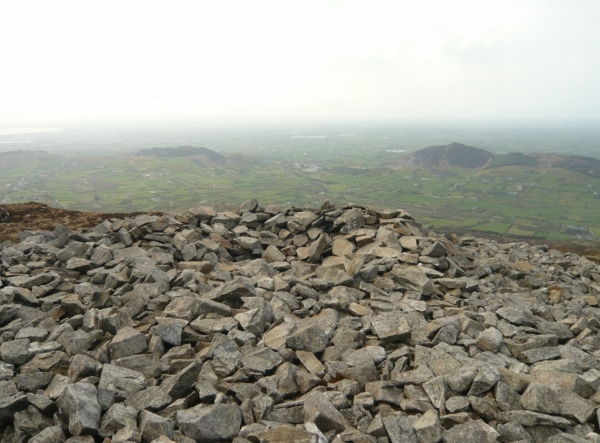
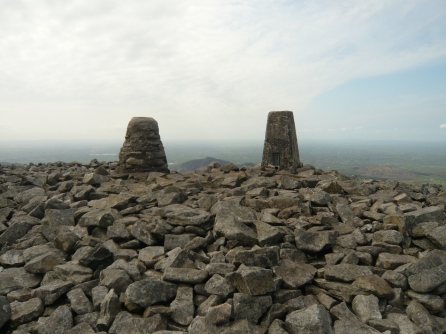
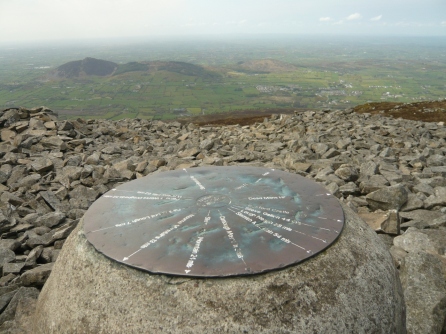
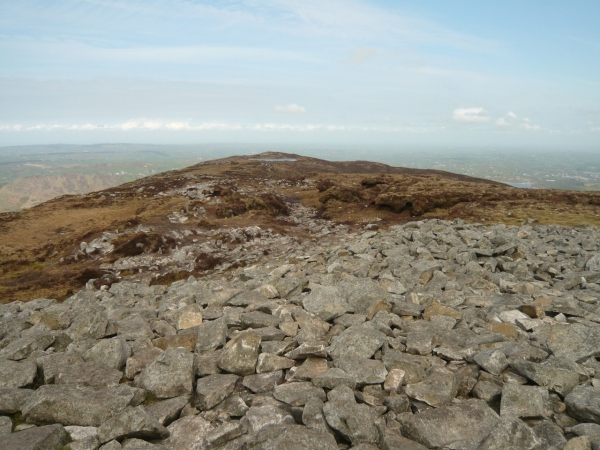
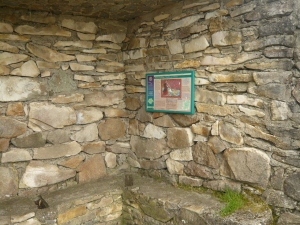
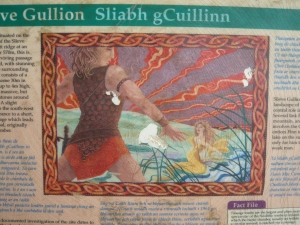





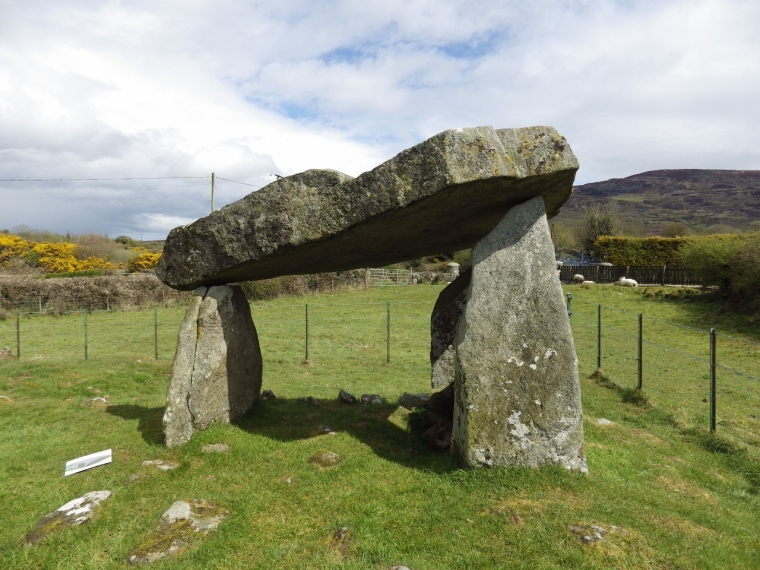
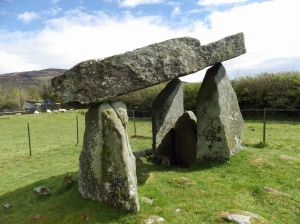

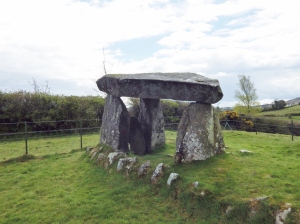
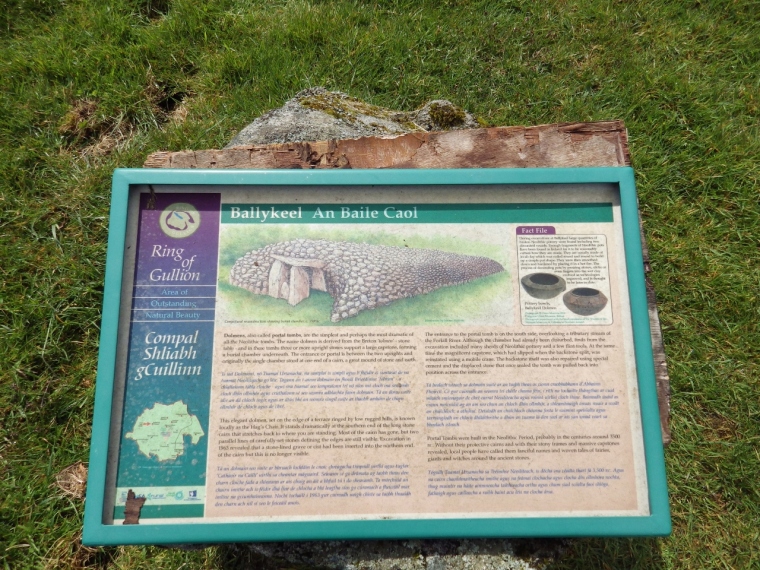
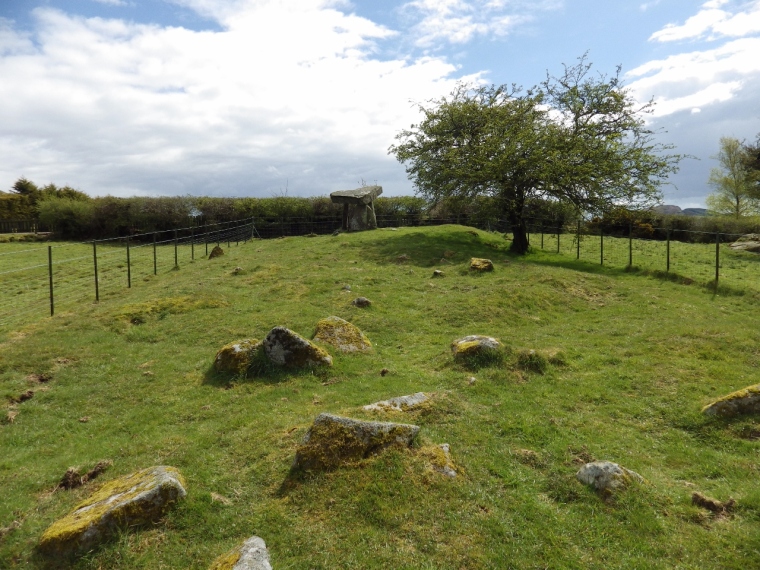
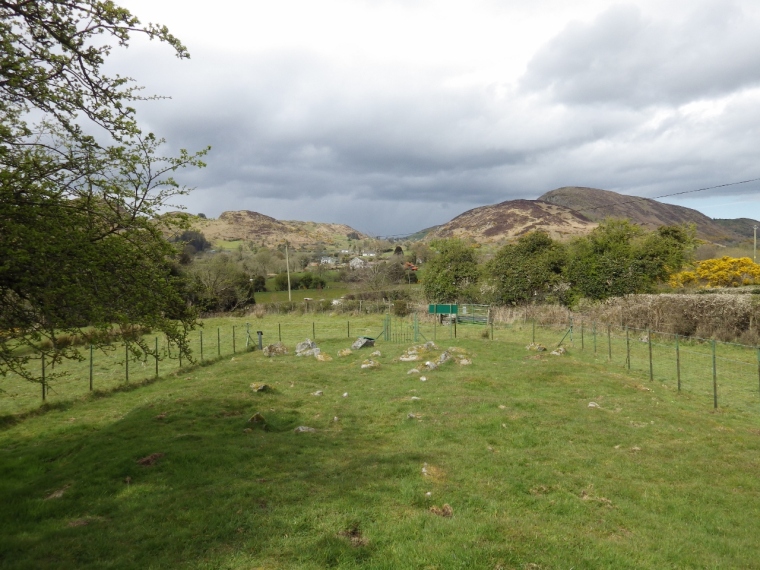
You must be logged in to post a comment.